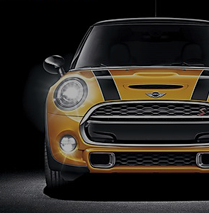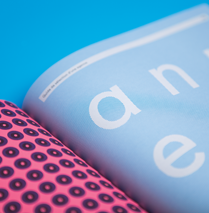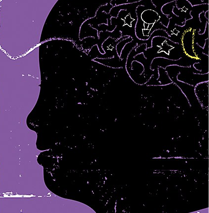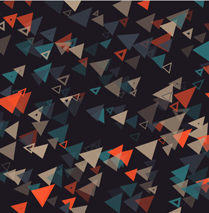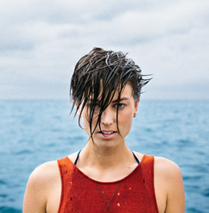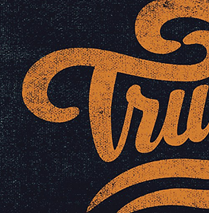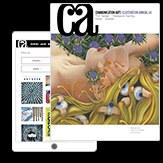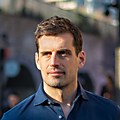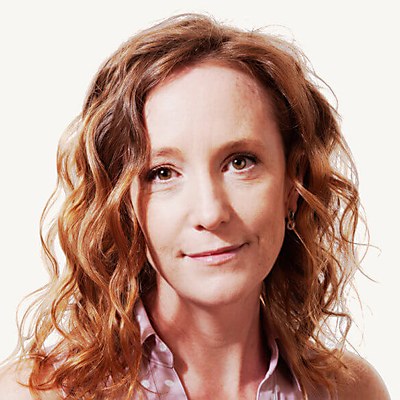How did you get started in the creative field, and what inspired your transition from advertising to design and branding? I started with an internship at a big network ad agency. It went well for a bit, and then it went a bit less well. I lasted eighteen months before deciding it wasn’t quite for me, and I think it’s fair to say they agreed. That was devastating for my ego but exactly what I needed for my career. It taught me that success wasn’t a natural consequence of having a degree of creative talent. I was going to have to put the work in. To graft. To get comfortable being uncomfortable.
Ragged Edge was a consequence of that. It would be whatever I and my cofounder Matt Bland put into it, for better or for worse. And we chose branding for its depth. My advertising experience showed me that to get the most out of an ad campaign, you need to start with a clearly differentiated, relevant brand. We were excited about the challenge of using creativity to make things that could last years, maybe decades, and not weeks or months. Branding can inform advertising and also impact many other parts of a business.
What’s the ethos behind Ragged Edge? Matt and I wanted to build something true to our own values: A reaction to some of the experiences we’d had to date. The opposite of a faceless corporation. A company that treated people how we’d hope to be treated. One that could combine unlimited ambition for the work with a sense that the work was just one part of it.
The name Ragged Edge ties directly to that ambition. We wanted to make an impact, to do work that pushed us and pushed our clients. And to work with people who could push us, whether that was clients or the people we aimed to hire. We wanted to push ourselves to the “ragged edges” of what we were capable of.
I think that name has kept us focused. We’ve had to live up to it, to hold ourselves accountable by refusing to settle for being good enough. It informs our ethos to this day. A branding agency for people trying to achieve the improbable.
In other articles and interviews, you’ve spoken about encouraging clients to take creative risks, a recurrent problem in the designer-client relationship. At Ragged Edge, how have you been able to convince your clients to stand out in the market? To me, this isn’t about taking risks. It’s about reframing risk.
The clients we work with are all trying to create change. To redefine existing categories or create new ones. To change minds and change behaviors. And change doesn’t come from doing what everyone else is doing.
So, we ask our clients to be brave. But that’s not the same as asking them to be reckless—actually, it’s the opposite. We’re asking them to do things differently because we know that’s what will get them noticed and remembered. The riskiest thing they could do is follow the crowd because that will ensure they blend in.
Once people understand that it changes how they think and the decisions they make, being different stops feeling scary and starts feeling like table stakes.
When it comes to branding, your philosophy is to capture the spirit first and then layer in the brand particulars and technicalities. What’s your process like to achieve this? A brand isn’t a set of design elements; it’s an idea. When we’re defining a brand, that’s where we start. Our strategy process is designed to figure out how we’ll use the brand to drive change. And the identity process looks to find an idea with the power to do that.
Our first creative share focuses on the idea first and foremost. And while we bring each idea to life through design and tone of voice, we make it very clear that the idea’s the thing. That takes a bit of getting used to—it’s often easier to talk about colors and typefaces—but all those things are secondary. Once we agree on an idea, all the other choices become much easier. Do they serve the idea, or do they weaken it?
While all our projects go through this process, our work for financial company Wise is a great example. We presented three concepts expressing three different ideas; the winning idea—“The World’s Money”—was universally agreed upon. Once we had that, defining the design and verbal elements, which evolved significantly, became an exercise in holding them up against that idea.
What are some of your other favorite projects you’ve worked on? We learn something new from every project, so it’s hard to pick and choose. But in terms of milestones as an agency, I’d pick our work for energy company bulb for showing us the power of tearing up the rules of a category and how a brand could truly drive change at scale. The Camden Market rebrand—which won our first D&AD pencil—gave us the confidence that we could execute at a world class level. I love our work for stationery company Papier because we showed how you could be brave in a totally different way: beautiful and understated, yet completely distinctive. And then most recently, Wise, which proved to us all that our approach could work at epic scale. If they can be brave, everyone can.
How does Ragged Edge use clear design to distinguish its clients from their competitors? Most categories are so mired in conventions that everything merges into one big indistinguishable nothing. So, it’s actually pretty easy for design to be a differentiator. It just takes a bit of conviction.
One of our clients accurately described their competitor brands as “sanitized safe blandwagons.” They weren’t wrong. Don’t be a sanitized safe blandwagon.
Which designer do you most admire, and why? Running an agency is unbelievably hard. Being successful over a period of time is even harder. Anyone who does that deserves admiration, and there are quite a few in our industry.
Design agency DixonBaxi, based out of London, has been doing it well for more than 20 years, and it’s proven you can be a resolutely British agency and work on the world’s biggest brands. That’s great for the industry. I’m a fan.
I love Sydney-based branding agency For The People and particularly its focus on writing. And Israel-based design firm Nihilo, who are much newer, for the same reasons—and because the two founders are wonderful.
What well-known logo or identity is most desperately in need of a redesign? NASA. Bring back the worm please.
Do you have any advice for people just entering the field of design? Lean into what makes you can’t do. I spent way too much time on the latter and not enough on the former. It held me back in countless, avoidable ways.
Oh, and right now you can get ahead of the old guard by embracing AI in a big way. It’s a big, big opportunity to level the playing field. ca


